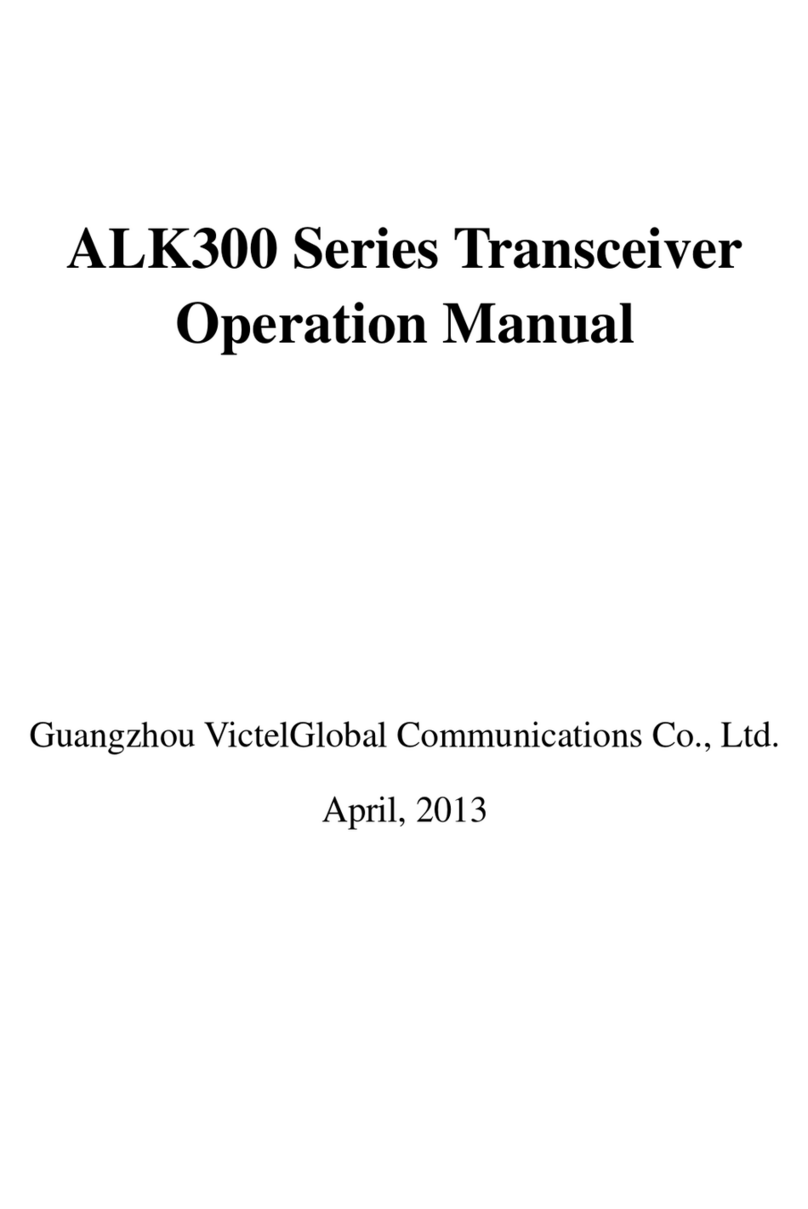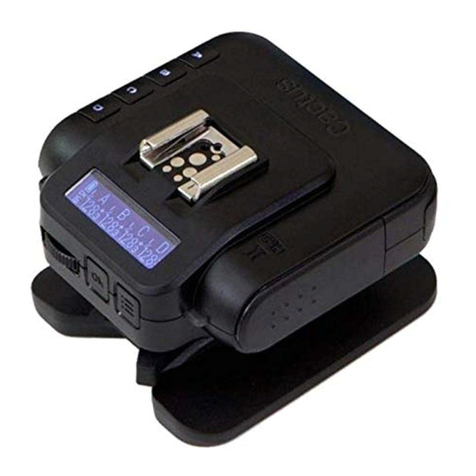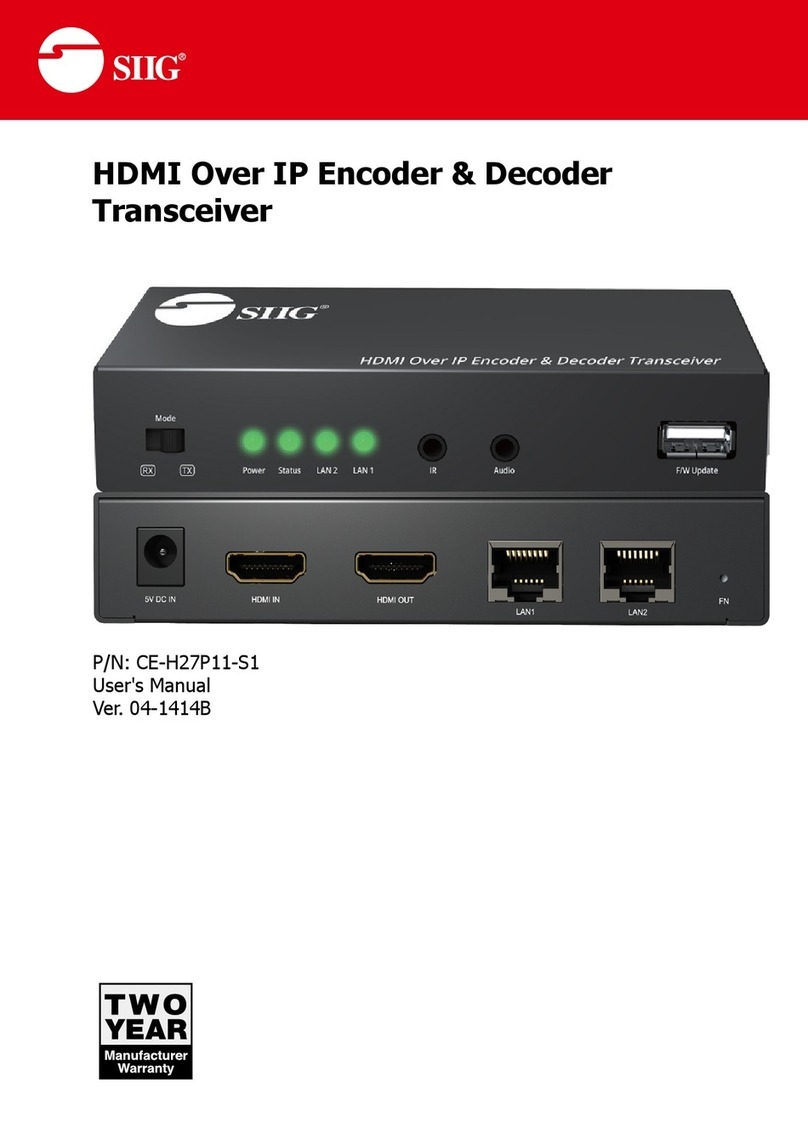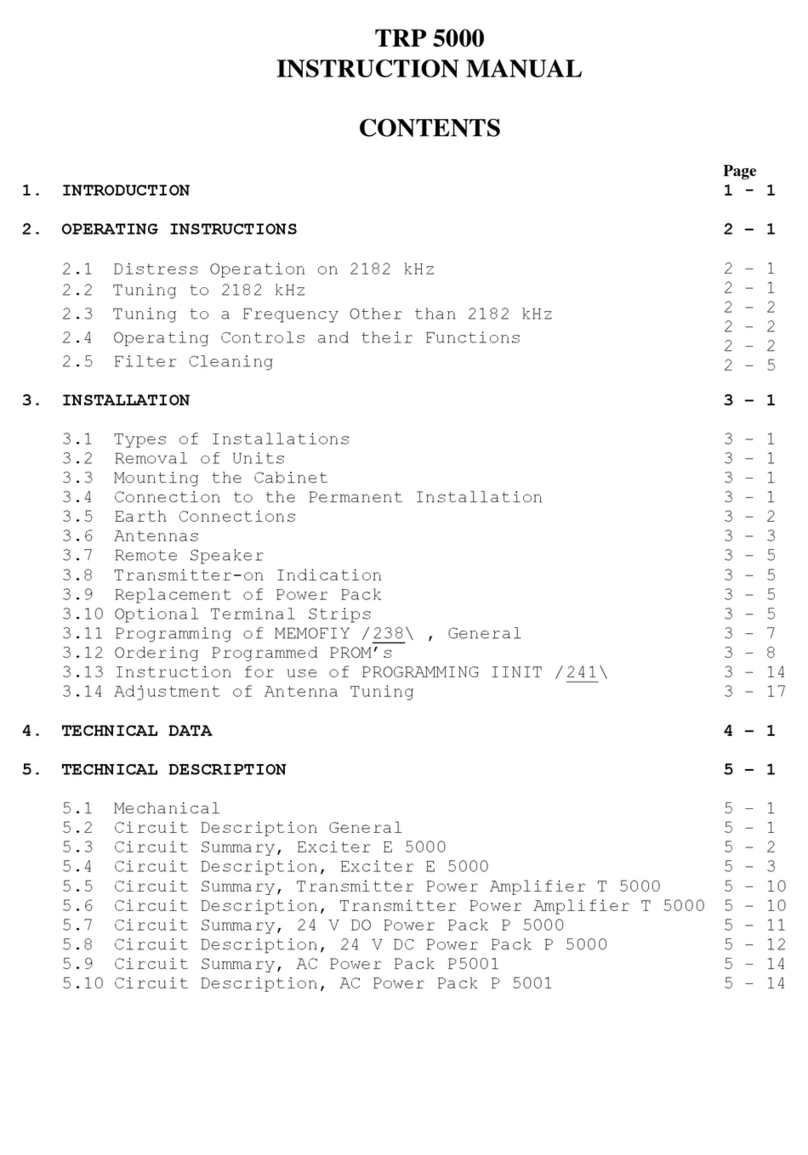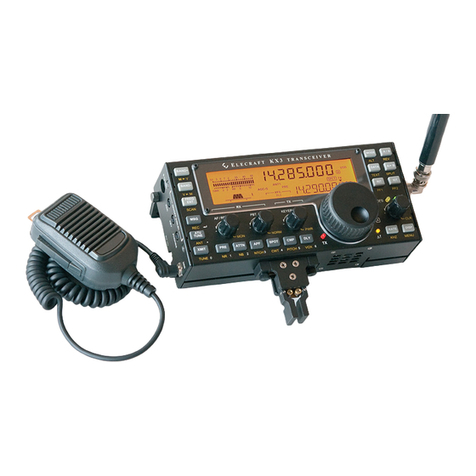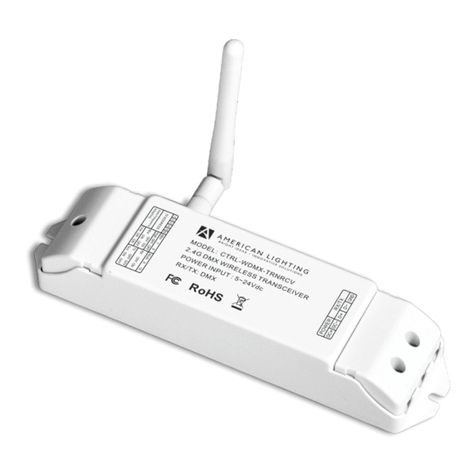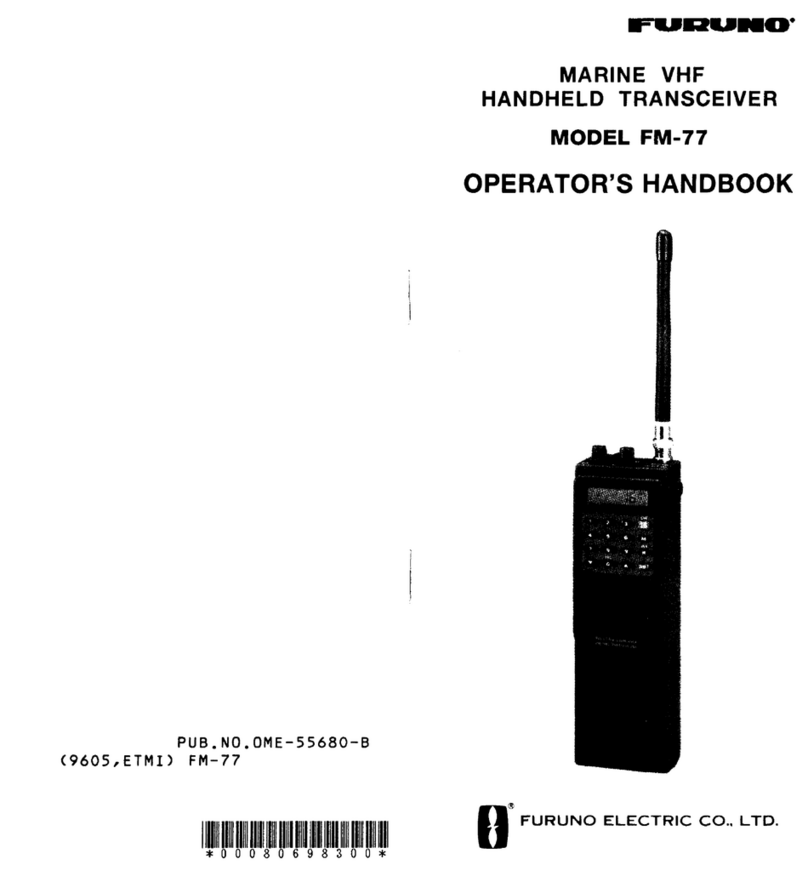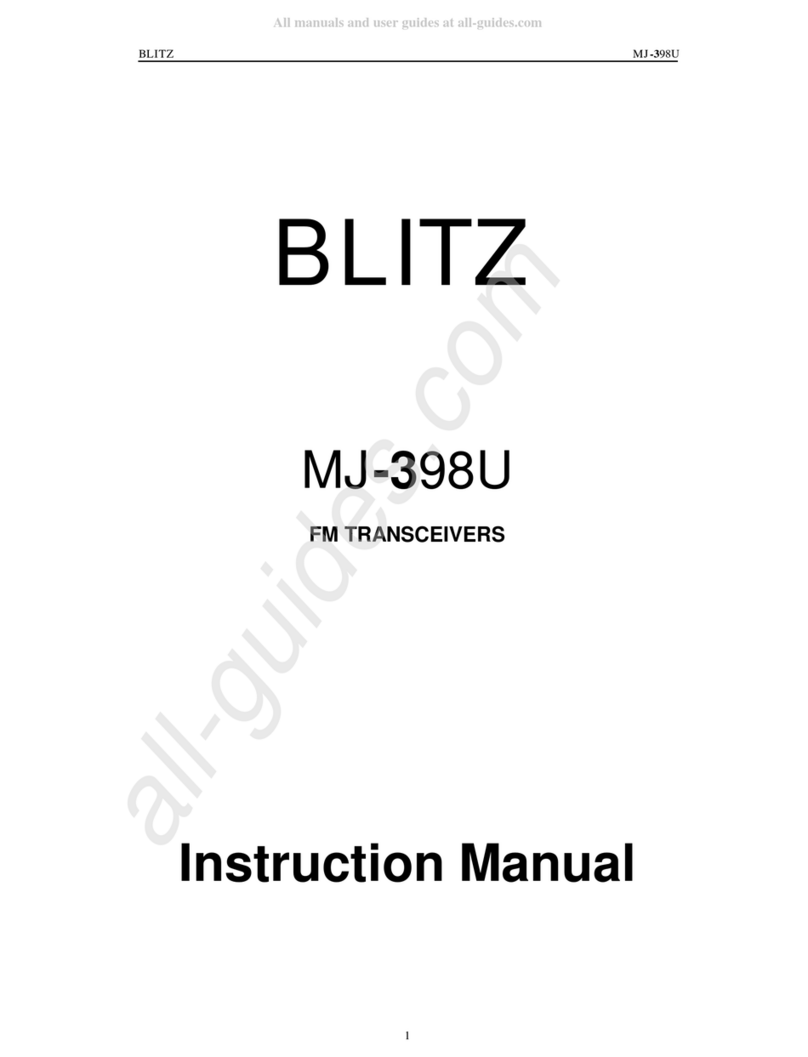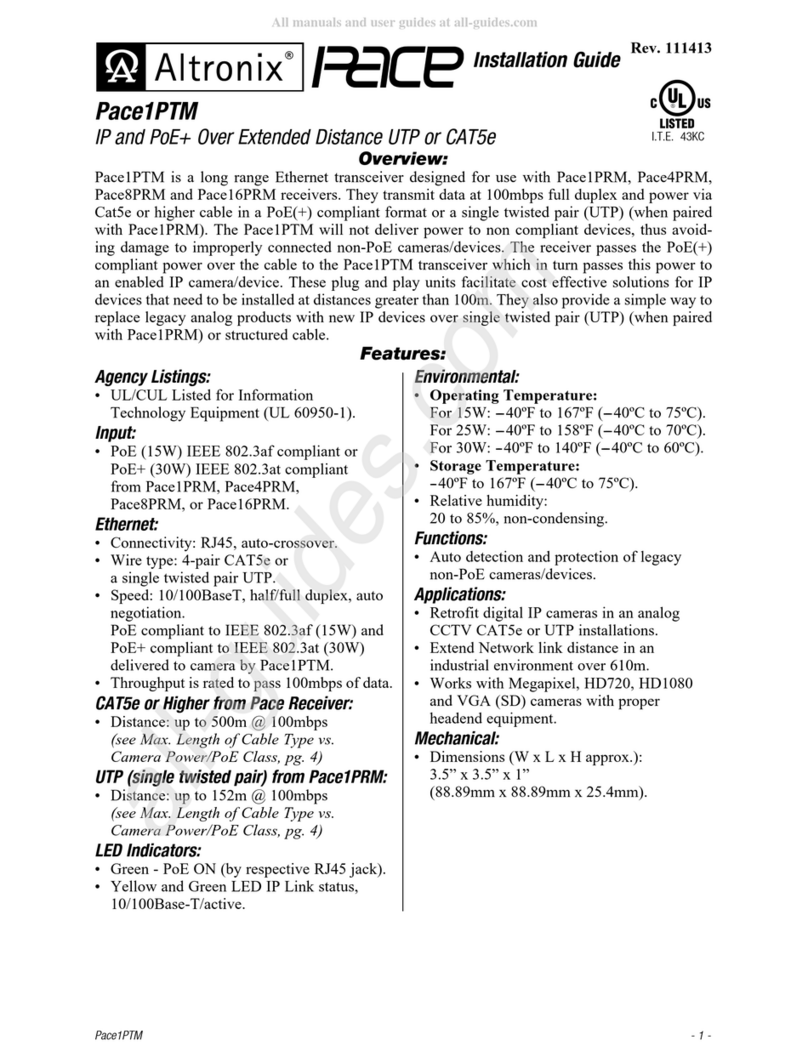
4
3-1 Technical Support & RMA
Questions? SIIG’s On-line Support has the answers! Simply visit
our web site at www.siig.com and click on SUPPORT for instant
technical support.
Return Merchandise Authorization (RMA)
SIIG warrants to the original buyer of the product that the hardware
is free of defects in materials and workmanship for a period of five
years from the date of purchase. If your product fails to be in good
working order during the warranty period, you may return it to
SIIG for repair or replacement at SIIG's option. To return a product:
Step 1: Call SIIG's RMA Department
To obtain an RMA number, SIIG's RMA Department can be reached
by phone at (510)413-5333 or fax at (510)657-5962 or email at
serial number is required. This number can be found on the side of
the box and on the back of the product.
Step 2: Complete the RMA form
• Fill out the RMA form and include it with the product.
• Properly pack the product for shipping. All software, cable(s) and
accessories that came with the original package must be included.
• Clearlywrite your RMA numberon the top ofthe returned package
andontheaccompanyingRMAform.SIIG willrefuseanyshipping
package, and not be responsible for a product returned without
a RMA number posted on the outside of the shipping carton.
Step 3: Ship the product
You are responsible for the shipping cost to SIIG at the following
address:
SIIG, Inc. RMA#_______________
6078 Stewart Ave.
Fremont, CA 94538
SIIG will ship the repaired or replaced product via UPS Ground or US
Mail at no cost to you.




